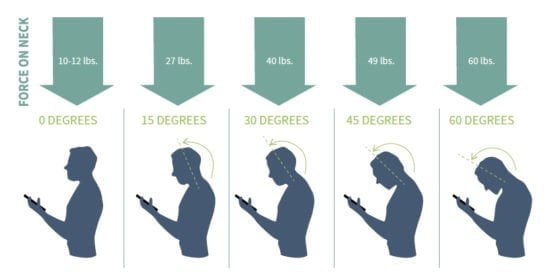Learn the Basics About Bracing and Orthoses for Injury Management and Prevention
Brace or Orthosis – a piece of equipment that can be helpful for a variety of health conditions where a period of stabilization is required to help your body return to functioning optimally.
Bracing can be helpful post-surgery, post-injury, and in situations where restriction of movement is needed for recovery. It can be fitted to almost any place on the body in need of stabilization. Braces are most commonly fitted to wrists, hands and knees. The flexibility and type of brace depends on the specific needs of your condition; hinged braces for example would allow the knee a greater range of motion so that it can move in a manner closer to the natural motion of the joint.
Typically, you brace to achieve greater stability, greater comfort, or to manage edema and swelling. Research shows that there are few, if any, negative effects of preventative bracing.
Bracing can also be more effective when paired with a recovery regimen, which a physiotherapist or chiropractor can develop for you. They will also continue to provide support for you until you can remove the brace, and continue that care post-bracing to optimize your recovery. Work with your physiotherapist or chiropractor to determine duration of your bracing period and to get the most out of your bracing!
Varieties of Bracing
Custom-Made – For conditions that require a specific fit, our practitioners can have a brace adjusted for your specific joint. These often come in different sizes and can be tailored for your needs. For sizes that fall outside the standard range,
Off The Shelf – For conditions that may be milder in nature, we offer medical level compression socks (to help manage edema), and standardized bracing for back, hand, and other areas of the body. Ask your physiotherapist – we may have some products available off the shelf for you to take home that day
Orthotics – An orthotic is an insole-like device you insert into your shoes. It is designed to align the foot and ankle into the most efficient position anatomically. While they look non-descript and simple, orthotics are biomechanical medical appliances that are custom made to correct any foot imbalances you have. In many ways, custom orthotics work on your feet in the way that glasses work on your eyes: they reduce strains and stresses on your entire body by bringing your feet into proper alignment. They are made from precise imprints of your feet and also take into account your gait and way you walk allowing for the best results for reducing pain on your body.
Recovery Products – Tools like tune-up balls and splints help your body get back into working shape. Our clinic sells items like lacrosse balls to assist in targeted massage/training and creams and lotions that can decrease joint and body pain
Ask us about our bracing options – we typically offer brands like Bauerfeind the global leader in medical bracing solutions, and Footmaxx for Custom Orthotics. Medical grade orthotics are covered by most extended health plans.
Combine Bracing with A Rehabilitation Program
For the best outcomes, you should consider combining bracing with a rehabilitation program designed by a physiotherapist, chiropractor or kinesiologist. Wearing a brace does not replace a quality strength, conditioning and balancing program. Exercises is crucial as it can improve the stability of the joint as well as its surrounding areas. If you are returning to sport, work or daily activities, a program can make all the difference to your recovery – even if you choose to wear a brace when you return to your normal activities.
How Much Does Bracing Cost?
The cost of bracing solutions depends on the quality and the customization of the brace or orthosis you’re getting. Most extended health companies as well as ICBC or WorksafeBC will pay for medical-grade braces which range from $100-$400. We can direct bill to a number of extended health companies for your brace. If your provider doesn’t allow this, you will be reimbursed for this cost if your plan covers it.
For Off-the-shelf products, bracing can be relatively inexpensive with some products starting at $20. They are a good option when cost is a concern. They can provide the necessary support and stabilization you may need for less severe injuries but because they are not considered medical-grade or customized for your body, so they are not covered by extended health companies. However, WorksafeBC and ICBC will often cover their costs with pre-approval.
We have access to both medical grade as well as off-the-shelf bracing solutions at Backs in Action.
Your therapist and your personal circumstances can help determine which might be the best option for you.
How Long Does It Take To Receive a Medical-Grade Brace?
We carry a number of products on-hand and in stock at Backs in Action. However, if we don’t have the size or product you need on-site, we can place an order and have it on-hand usually within 48 hours.
Custom Foot Orthotics take a little longer as they are precisely customized to your feet and are manufactured at a special orthotics lab.
Interested in Learning More?
Call or email us to find out how we can help you return-to-sport, return-to-work and return-to-life as quickly and safely as possible.
Call us: 604-876–9977 | Email us: info@backsinaction.ca | Book an Appointment
Our therapists will guide you every step of the way, from determining whether you need a brace, to providing guidance as to when to wear it, and showing you how to wear and remove it with ease.




